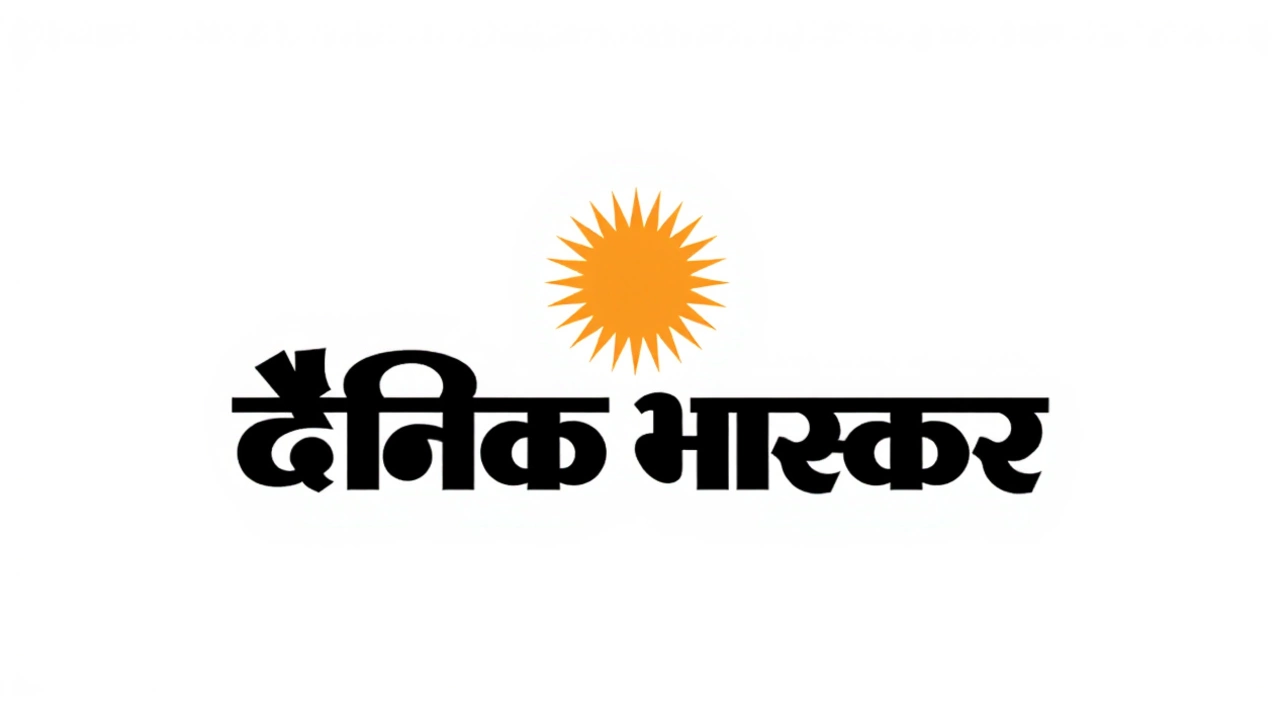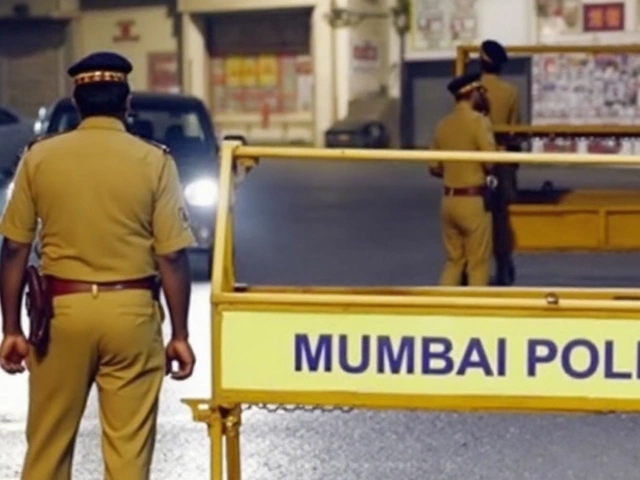When PUBG exploded onto the global scene in 2017, few could have predicted it would become the most-played online game on Earth—until it did. By November 2023, according to Prabhat Khabar Digital, the battle royale title had cemented its throne with over 75 million monthly active players, each match pitting 100 competitors against each other in a desperate scramble for survival. But behind PUBG’s dominance lies a far more complex, fragmented, and fascinating global gaming landscape—one where mobile titles reign supreme in countries like India, while PC and console giants hold court elsewhere.
Global Giants: Where the Big Names Still Rule
Minecraft, developed by Mojang Studios, remains a cultural phenomenon. With 95 million online players and availability across Windows, Mac, and Linux, it’s less a game and more a digital sandbox for creativity. Its enduring appeal? Simplicity meets endless possibility. Meanwhile, Epic Games’ Fortnite Battle Royale continues to defy logic—drawing nearly 5 million concurrent players at peak times, thanks to its building mechanics, celebrity collaborations, and ever-changing seasonal events.League of Legends and Dota 2 dominate the esports arena, with prize pools reaching tens of millions. Hearthstone, by Blizzard Entertainment, carved its niche as a digital card game with deep strategy and cross-platform play. And then there’s Valorant, Riot Games’ tactical shooter that’s quietly overtaking Counter-Strike: Global Offensive among younger audiences with its precise gunplay and character-based abilities.
India’s Mobile Gaming Revolution
But if you’re looking for where gaming is truly booming, look to India. Here, the rules are different. While PUBG Mobile was banned in 2020, its legacy lives on in successors like Free Fire—developed by Garena—which has been downloaded over 500 million times. In fact, Free Fire was the world’s most-downloaded game in 2018, and it still dominates India’s mobile charts.
According to Airtel Blog, India’s top 10 most-played mobile games include Ludo King (a digital twist on a classic family board game), Free Fire Max, Candy Crush Saga, Call of Duty: Mobile, and Subway Surfers. Notably, Ludo King supports six-player online matches—a social glue for families and friends separated by distance. And despite the ban, PUBG Mobile still has a massive underground following, with players using VPNs to access it.
Call of Duty: Mobile, launched in 2019, hit 250 million downloads by early 2020. It’s not just a shooter—it’s a social hub. Many Indian teens play it not just to win, but to chat, team up, and feel connected.
The Rise of the Free-to-Play Model
What unites most of these top games? They’re free to download. Fortnite makes billions not from upfront sales but from cosmetic skins, battle passes, and virtual currency. Pokémon GO, released in 2016 by Niantic and The Pokémon Company, turned walking into a global phenomenon. By late 2019, it had 100 million downloads and generated $3 billion in revenue—a staggering figure for an augmented reality game that asks you to leave your couch.
Even premium titles like Grand Theft Auto V (₹4,499) and Red Dead Redemption 2 (₹3,999) are now bundled with online modes that keep players hooked for years. The shift isn’t just about price—it’s about persistence. Games are no longer products. They’re services.
What’s Next? The Blurring Lines
The next frontier? Cloud gaming. Services like Google Stadia and NVIDIA GeForce Now are still nascent in India, but mobile hardware is improving fast. 5G rollout is accelerating, and smartphone specs are now rivaling last-gen consoles. Meanwhile, indie developers are experimenting with hyper-localized games—think cricket-based battles or regional mythology-themed RPGs.
One thing’s clear: Gaming isn’t just entertainment anymore. It’s social infrastructure. For millions in India, a match of Ludo King is a family reunion. For teens in Brazil or Nigeria, Fortnite is a global classroom. And for investors, the numbers speak louder than ever—global gaming revenue hit $200 billion in 2023, with mobile accounting for nearly half.
Why This Matters
When you hear "gaming," you might think of teenagers in basements. But today’s gamers are grandmas playing Candy Crush, construction workers grinding Free Fire during lunch, and college students competing in esports tournaments with prize money rivaling tennis majors. The industry’s growth isn’t just economic—it’s cultural, emotional, and deeply human.
Frequently Asked Questions
Why is PUBG still popular even after being banned in India?
Despite India’s 2020 ban on PUBG Mobile, the game maintains a strong underground presence through VPNs and unofficial servers. Many players still consider it the gold standard for battle royale graphics and realism. Its successor, Battlegrounds Mobile India (BGMI), was launched in 2022 but was also banned in 2023, leaving a void that Free Fire and Call of Duty: Mobile have rushed to fill.
Which mobile game makes the most money globally?
As of 2023, Honor of Kings (known as Arena of Valor outside China) leads in revenue, earning over $2 billion annually. PUBG Mobile and Free Fire follow closely, with both generating over $1.5 billion each year, mostly from in-app purchases of skins, emotes, and battle passes.
How did Pokémon GO become so successful?
Pokémon GO’s success came from combining nostalgia, augmented reality, and social motivation. By forcing players to walk outside to catch Pokémon and visit PokéStops, it turned exercise into a game. Its 2016 launch coincided with smartphone ubiquity and social media virality, and it still runs seasonal events that draw millions back—like the 2023 Pokémon Day celebration that broke daily download records.
Are Indian gamers shifting from mobile to PC/console?
Slowly, yes. While mobile still dominates in reach, PC gaming is growing fast—especially among urban youth. Steam’s user base in India grew by 40% between 2021 and 2023. Titles like Elden Ring and GTA V are selling well, but price remains a barrier. Most still rely on mobile because smartphones are cheaper than gaming PCs and accessible even in smaller towns.
What role do esports play in India’s gaming scene?
Esports is India’s fastest-growing subculture. In 2023, over 12 million Indians participated in competitive gaming tournaments, mostly in Free Fire, Valorant, and Call of Duty: Mobile. The government has started recognizing esports as a sport, and brands like Dream11 and MPL now sponsor teams. Top players earn lakhs per month through prize money, streaming, and endorsements.
Why is Ludo King so popular in India?
Ludo King taps into deep cultural roots—the board game has been played in Indian households for generations. By digitizing it with multiplayer, voice chat, and tournaments, it became a bridge between age groups. With over 1 billion downloads, it’s not just a game; it’s a digital family ritual, especially during festivals like Diwali when multi-generational play surges.



